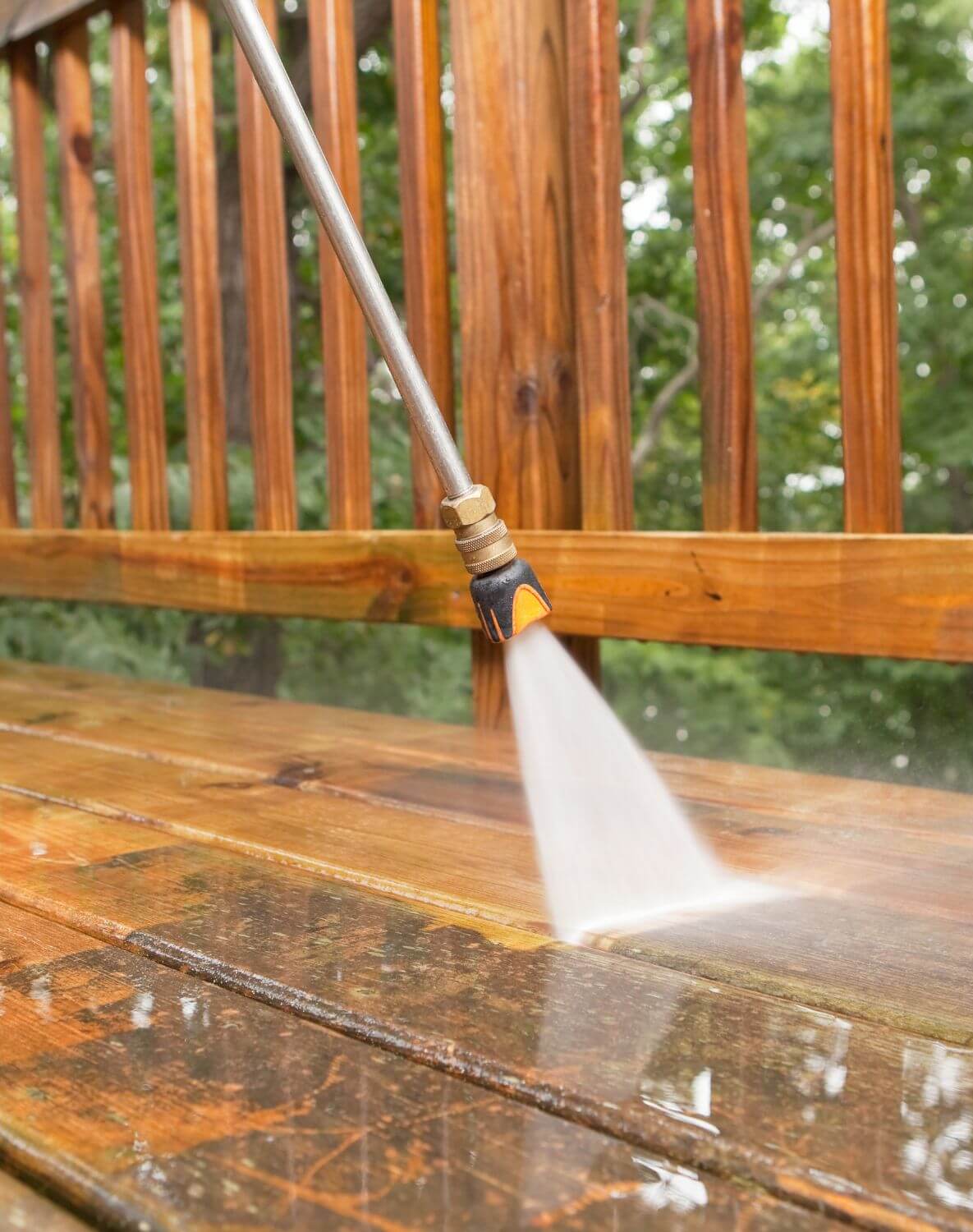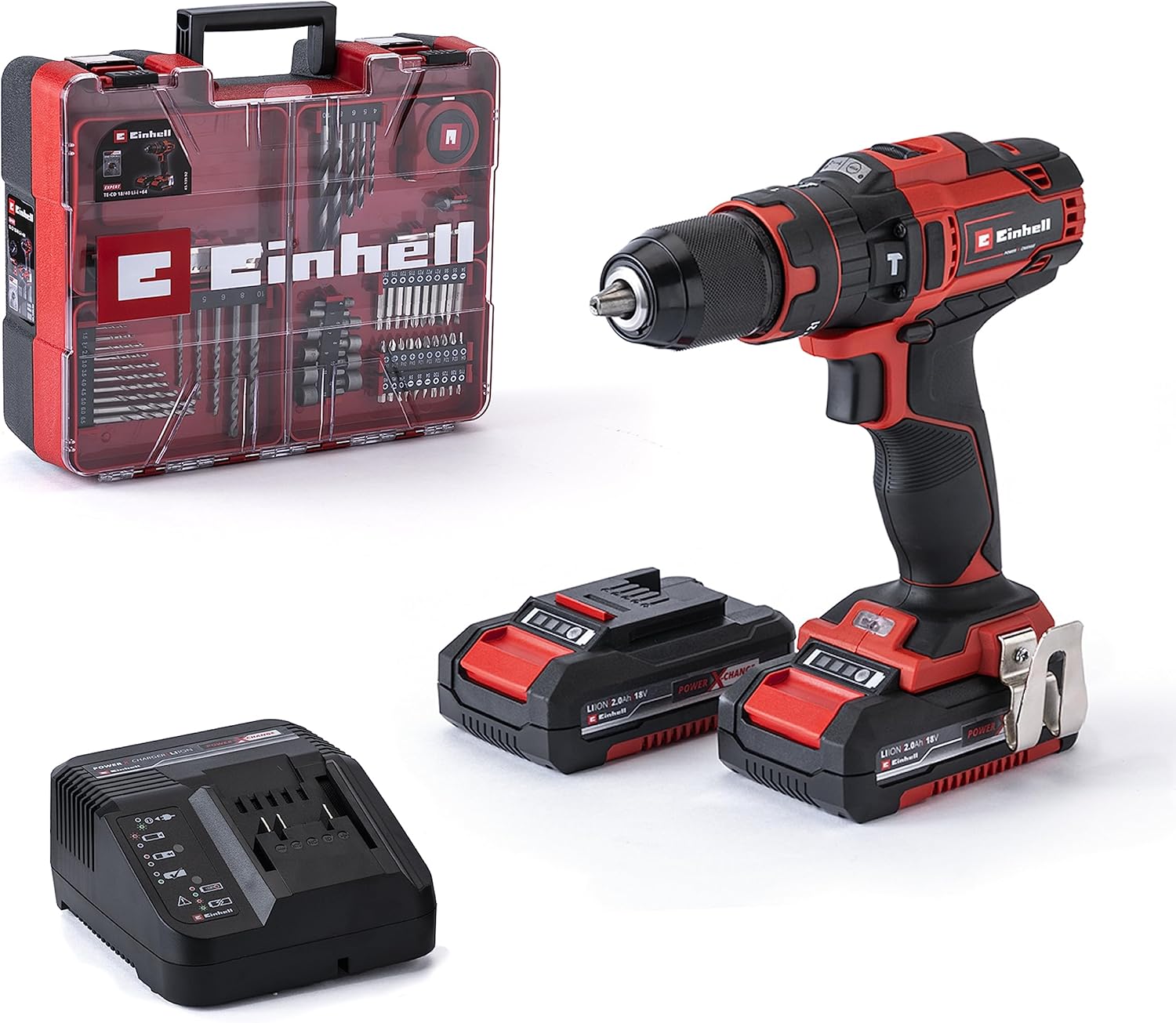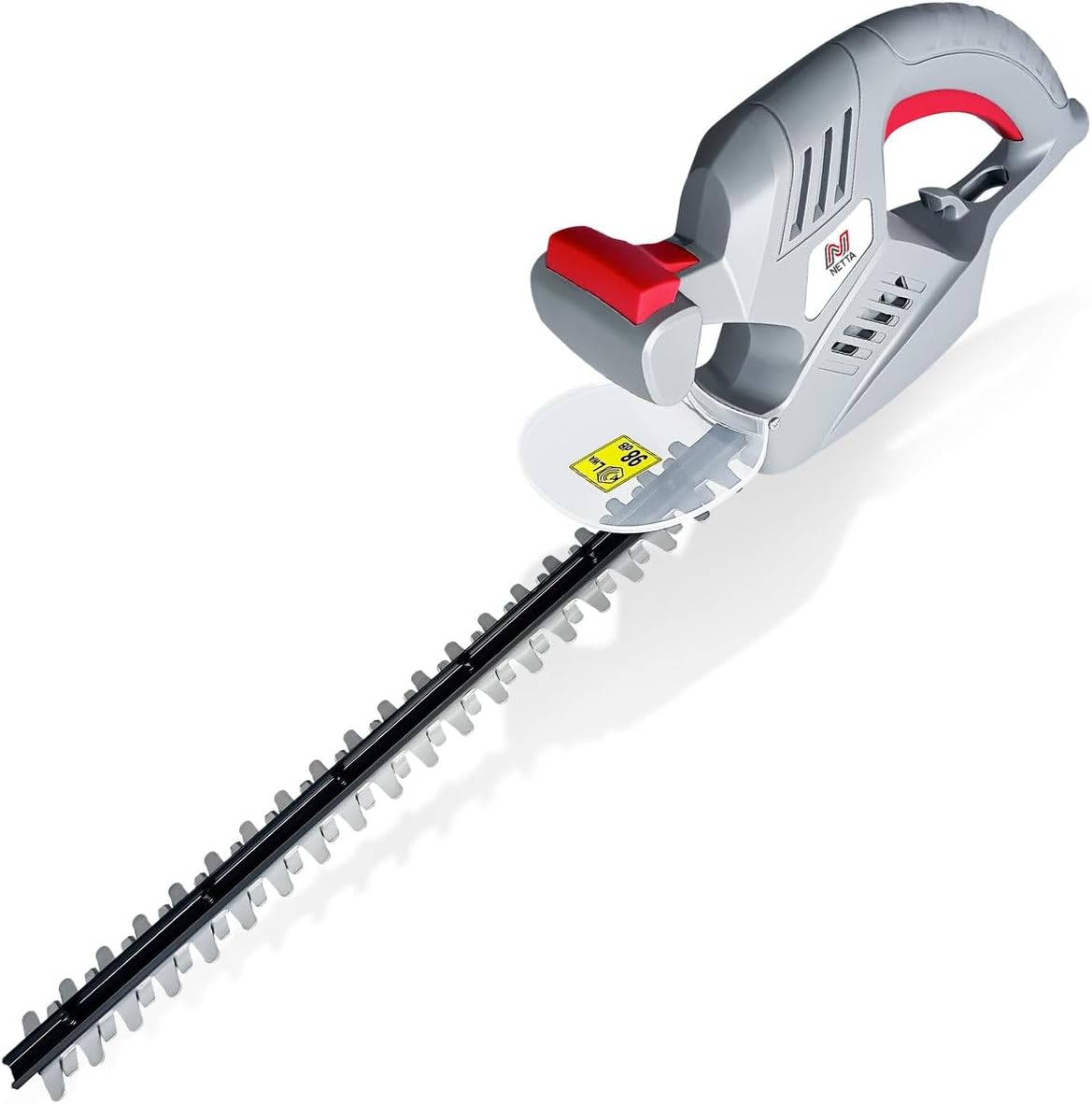
Are you wondering whether it’s safe to pressure wash your timber decking? The answer is yes, you absolutely can! Pressure washing can be a quick and effective way to clean your deck, removing dirt, grime, and even stubborn stains. However, it’s essential to use the right techniques and equipment to avoid causing any damage. In this article, we’ll provide you with some valuable tips and guidelines on how to pressure wash timber decking safely and efficiently, ensuring your deck stays looking its best while extending its lifespan. So, let’s dive in and discover the wonders of pressure washing your timber decking!

Overview of Timber Decking Cleaning
Understanding Timber Decking
Timber decking refers to the use of wooden boards to create an outdoor platform or structure, commonly used for leisure and entertainment purposes. Timber decking is known for its durability and natural beauty, but like any outdoor surface, it requires regular cleaning and maintenance to keep it in optimal condition.
Common Cleaning Methods
There are several methods to clean timber decking, including scrubbing with a brush and water, using commercial deck cleaners, or even resorting to chemical solutions. However, one highly effective and time-saving method is pressure washing. But before we delve into the benefits and procedure of pressure washing timber decking, let’s explore why it is a popular option.
Benefits of Pressure Washing
Efficient Cleaning
Pressure washing is an incredibly efficient way to clean timber decking. The powerful stream of water from the pressure washer not only removes surface dirt and debris but also penetrates into the wood fibers, effectively eliminating deep-rooted dirt and stains, leaving your deck looking fresh and rejuvenated.
Removal of Deep-rooted Dirt and Stains
Over time, timber decking can accumulate tough stains from organic matter, such as leaves, bird droppings, or food spills. Pressure washing effectively removes these deep-rooted dirt particles that may be difficult to eliminate with manual scrubbing alone. By applying the appropriate pressure, you can effortlessly restore the original beauty of your timber decking.
Restoration of Timber Appearance
One of the most satisfying benefits of pressure washing timber decking is its ability to restore the timber’s appearance. The combination of water pressure and the removal of dirt, grime, and even old finishes can reveal the natural color and grain of the wood, revitalizing the overall aesthetic of your deck.
Preventing and Removing Mold and Mildew
The outdoor environment can be a breeding ground for mold and mildew, especially in areas with high humidity or limited exposure to sunlight. Pressure washing effectively removes these unsightly and potentially harmful organisms, preventing them from spreading further and compromising the integrity of your timber decking.
Considerations Before Pressure Washing
Deck Condition
Before embarking on pressure washing, assess the condition of your timber decking. Ensure that the deck boards are in good condition, free from rot or any signs of damage. Pressure washing can accelerate the deterioration of weak or decayed boards, so it’s crucial to address any necessary repairs before proceeding.
Type of Timber
Different types of timber may have varying levels of durability and tolerance to pressure washing. So, it’s important to research and understand the specific characteristics of the timber used for your decking. Softwood, hardwood, and composite decking materials may require different pressure settings and cleaning approaches. Consult the manufacturer’s guidelines or seek professional advice to ensure the best outcomes.
Deck Age
Consider the age of your timber decking when deciding to pressure wash. Newly installed or recently stained decks may not require pressure washing if they are relatively clean. However, older decks that have accumulated years of dirt, stains, and finishes may greatly benefit from a thorough pressure washing to restore their beauty and extend their lifespan.
Existing Finish
Check the existing finish on your timber decking. If your deck has been previously stained or sealed, pressure washing can potentially strip away the finish. In such cases, it’s important to carefully consider whether pressure washing is suitable or if alternative cleaning methods should be employed. If uncertain, it’s always best to consult professionals or conduct a patch test on a small, inconspicuous area of the deck before proceeding.
Preparing the Deck for Pressure Washing
Cleaning the Surface
Before pressure washing your timber decking, it’s essential to remove loose debris, such as leaves, twigs, or any other objects that may obstruct the cleaning process. This can be done by sweeping or using a leaf blower to clear the surface thoroughly.
Clearing and Protecting the Area
Pressure washing can generate a significant amount of water runoff, which may carry dirt, debris, or cleaning chemicals. To prevent any damage or contamination, it’s important to clear the surrounding area, including plants, furniture, and any delicate features. Covering nearby electrical outlets and securing any loose items is also advisable.
Wearing Protective Gear
Pressure washers are powerful tools that can pose risks if not handled properly. To ensure your safety, always wear appropriate protective gear, including safety goggles, gloves, and non-slip footwear. Additionally, consider wearing waterproof clothing to protect yourself from splashing water or cleaning agents.

Choosing the Right Pressure Washer
Electric or Gas-powered
When selecting a pressure washer, you have the choice between electric or gas-powered models. Electric pressure washers are generally more compact, lightweight, and suitable for smaller decks or less frequent use. Gas-powered pressure washers, on the other hand, provide higher pressure and are better suited for larger decks or more intensive cleaning needs. Consider your deck size, cleaning requirements, and personal preferences when deciding between the two options.
Pressure Settings
Pressure washers typically offer adjustable pressure settings, allowing you to tailor the cleaning intensity to your specific needs. For timber decking, it’s recommended to start with a lower pressure setting and gradually increase as necessary. This ensures that you don’t unintentionally damage the wood or remove more than intended. Always follow the manufacturer’s instructions and guidelines for pressure settings.
Nozzle Selection
Different pressure washer nozzles produce different spray patterns, each suitable for specific cleaning tasks. For cleaning timber decking, a wide-angle or fan nozzle is usually the best choice. It provides a wide spray pattern, effectively covering larger areas while minimizing the risk of accidentally damaging the wood with concentrated pressure. Experiment with different nozzles and find the one that works best for your deck.
Pressure Washing Techniques
Test on an Inconspicuous Area
Before starting the pressure washing process on your entire deck, it’s crucial to test the pressure washer on an inconspicuous area. This allows you to assess the cleaning results and ensure that the pressure and water flow are appropriate for your specific deck. Adjust the settings if necessary before proceeding to the rest of the deck.
Maintaining Proper Distance
To avoid damaging the timber decking, it’s important to maintain a proper distance between the pressure washer nozzle and the deck surface. As a general rule, keep the nozzle at least 12-18 inches away from the deck while washing. This ensures efficient cleaning without causing any unintended harm to the wood.
Using Gentle Pressure
While pressure washing is a powerful cleaning method, be cautious not to exert excessive pressure on the timber surface. High pressure can gouge the wood, leaving unsightly marks or even cause splintering. Apply gentle pressure and allow the water flow to do the work. Test the pressure before each section and find the right balance to achieve optimal results.
Working in Sections
To ensure systematic and thorough cleaning, divide your timber decking into manageable sections. Start from one end and proceed in a consistent pattern to avoid missing any areas. Working in sections allows you to focus on specific parts at a time, ensuring that each section receives adequate cleaning attention.
Deck Cleaning Products and Solutions
Deck Cleaners
Deck cleaners are specifically formulated to remove stubborn dirt, grime, and stains from timber decking. They may come in powder or liquid form and often require dilution with water. Follow the manufacturer’s instructions for proper use and application. Deck cleaners can enhance the effectiveness of pressure washing and aid in achieving a pristine clean.
Bleach and Vinegar Solutions
If you’re dealing with mold or mildew growth on your timber decking, you may opt for a bleach or vinegar solution. These solutions have powerful disinfecting properties and can effectively kill mold and mildew. However, it’s essential to carefully follow the correct dilution ratios and safety precautions when using these solutions. Avoid mixing bleach and vinegar together, as they can create toxic fumes.
Pressure Washing Equipment
Surface Cleaners
Surface cleaners are attachments that can be used with pressure washers to cover larger areas more efficiently. They typically consist of rotating spray nozzles enclosed in a protective casing, preventing water from splattering. Surface cleaners are especially useful for cleaning timber decking as they provide uniform pressure and reduce the risk of streaks or marks caused by uneven cleaning.
Extension Wands
For hard-to-reach areas or taller decks, extension wands can be attached to the pressure washer to extend your reach. These wands allow you to clean elevated sections without having to climb ladders or compromise your safety. When using extension wands, ensure that they are securely attached and always maintain proper balance and stability.
Decking Brush
In some cases, a pressure washer may not be sufficient to remove stubborn stains or grime. In such instances, a decking brush can be used to manually scrub the surface, complementing the pressure washing process. Choose a brush specifically designed for timber decking, with bristles that are tough enough to remove dirt but gentle enough not to damage the wood.
Conclusion
Pressure washing is a highly effective method for cleaning timber decking, providing efficient removal of dirt, stains, and even mold or mildew. However, it’s crucial to consider factors such as deck condition, timber type, and deck age before commencing pressure washing. Proper preparation, including cleaning the surface, protecting the surrounding area, and wearing protective gear, is essential for a successful pressure washing experience. Selecting the right pressure washer, with appropriate pressure settings and nozzle selection, ensures optimal results without damaging the wood. Utilizing proper pressure washing techniques, in conjunction with deck cleaning products and equipment, further enhances the cleaning process. By following these guidelines, you can confidently pressure wash your timber decking, restoring its appearance and prolonging its lifespan for years of enjoyment.











